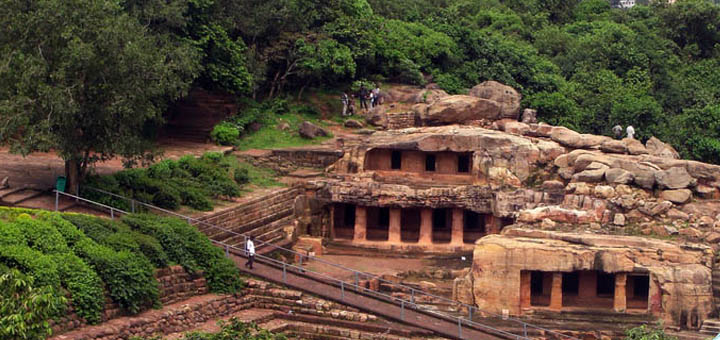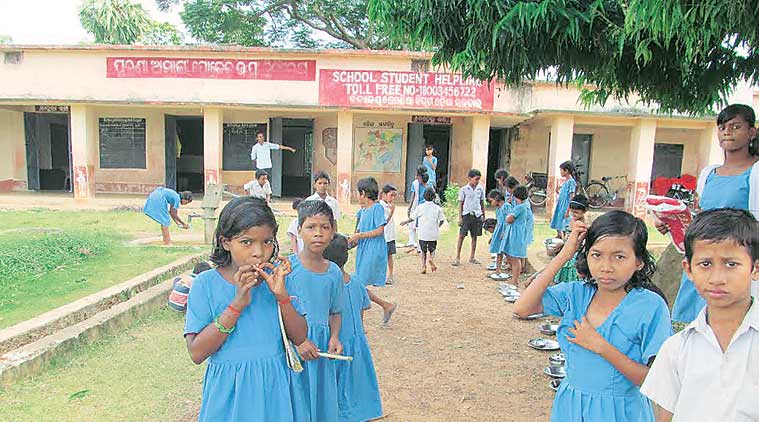
Feature: Odisha, known for its stunning architecture, pristine golden beaches, and ancient history, stands as one of India’s most dynamic states. Formerly known as Orrisa, it is a land steeped in heritage, with landmarks like the famed Kalinga war fought by Ashoka the Great. From the state-of-the-art capital city to the ancient Shanti Stupa of Dhaulagiri Hills and the exotic birds at Asia’s largest Chilika Lake, Odisha offers a plethora of attractions for travelers seeking peace and cultural enrichment.
One of the hidden gems in Odisha is the city of Bhubaneswar, also known as the Temple City of India. Here, the finesse and grandeur of Aryans’ architecture still reflect in the marvelous temples left behind. While the holy Lingaraja and Mukteswara temples are must-visit sites, a short trip to the Udayagiri and Khandagiri Caves provides a deeper dive into the region’s rich history and architectural wonders.

Located in the vicinity of Bhubaneswar town, the twin hills of Udayagiri and Khandagiri boast some of the earliest examples of Jaina rock-cut architecture in eastern India. These caves, totaling 33 in number (18 on Udayagiri hill and 15 on Khandagiri hill), were first brought to notice by A. Stirling in 1825 A.D. Rising abruptly amidst arid lateritic soil, these hills offer a fascinating glimpse into the region’s ancient past.

Excavated by King Kharavela of the Chedi dynasty and his successors during the 2nd and 1st century BCE, the caves served as dwelling retreats for Jaina recluses practicing self-mortification. Overlooking the forest and lush greenery, these caves provided a sanctuary for monks, offering respite during the monsoon season.
The caves are honeycombed with excavated rock-cut chambers, reflecting the austere lifestyle of the Jaina ascetics. Most caves consist of rows of cells, serving as dormitories for the monks. The intricate sculptural and decorative art within the caves depicts popular legends, historical episodes, and religious observances, showcasing a remarkable advancement in early medieval Indian art.

Among the notable caves are Ranigumpha and Swargapuri-Manchapuri, both double-storied and largest in size. Ranigumpha, or the queen’s palace, holds historical significance due to an inscription by King Kharavela detailing his expeditions and victories. Additionally, remains of an apsidal structure unearthed atop Udayagiri mark the earliest of its kind in eastern India.

The caves remain open from sunrise to sunset, welcoming visitors to explore their ancient wonders. For entry, citizens of India and visitors from SAARC and BIMSTEC countries are charged Rs. 25 per head, while foreigners pay Rs. 300. Children below 15 years enjoy free entry.
Situated about 7 km west of Bhubaneswar, the Udayagiri and Khandagiri Caves offer a serene retreat from the cosmopolitan city life. Whether marveling at the intricate carvings or connecting with nature amidst lush green surroundings, these caves hold immense cultural and historical significance, preserving India’s architectural heritage for generations to come.







